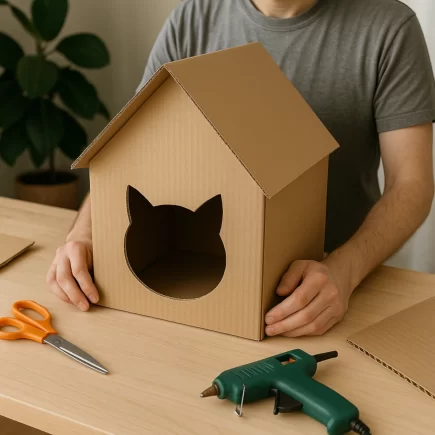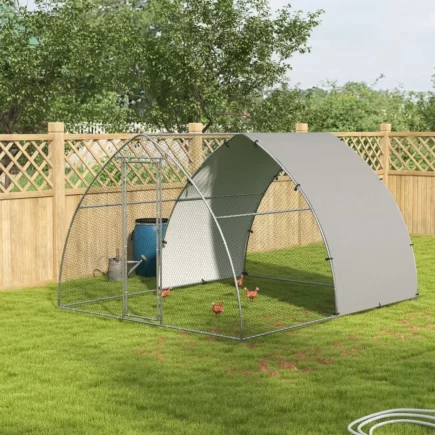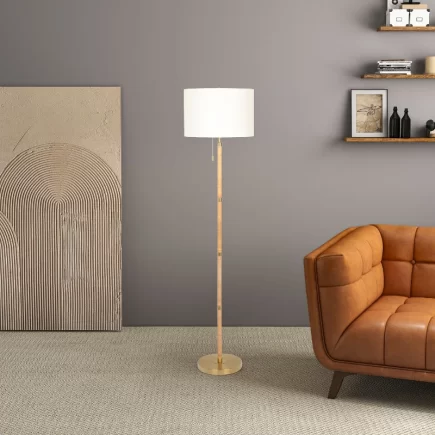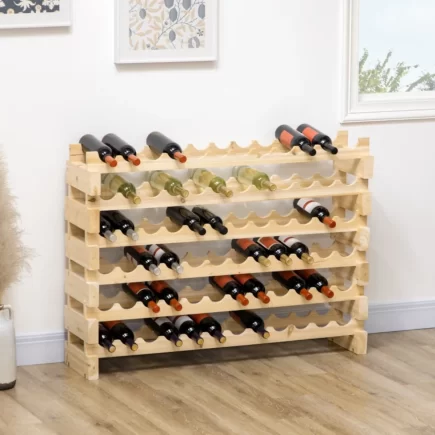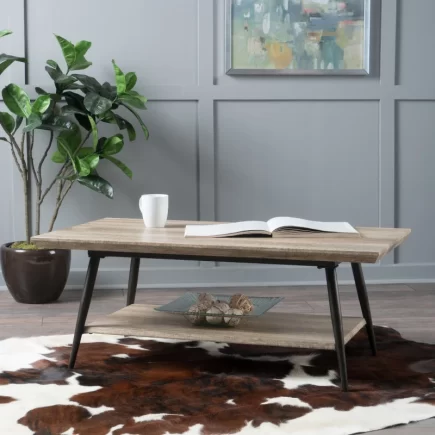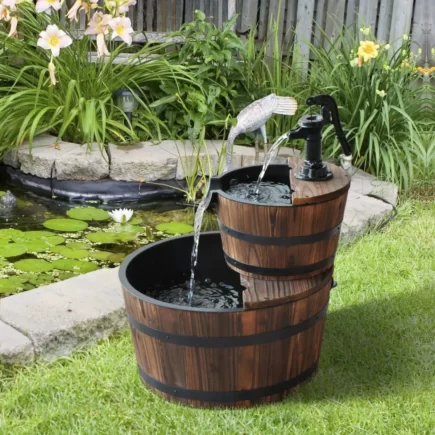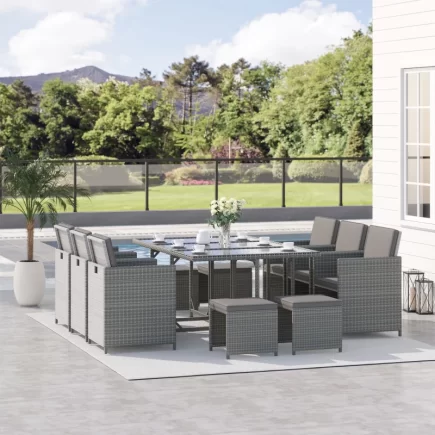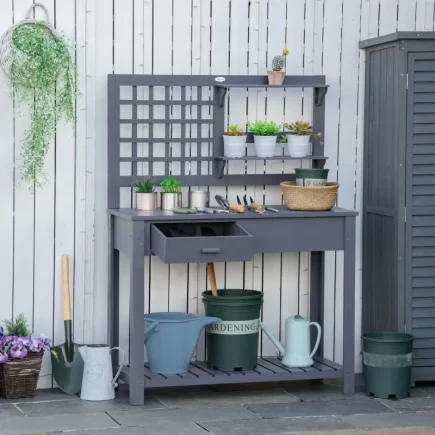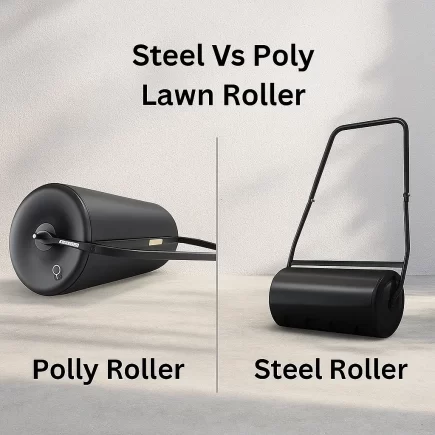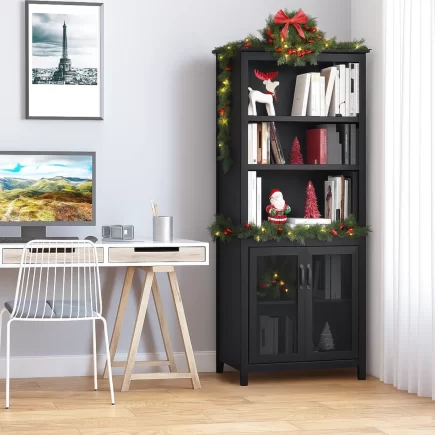Choosing the right carport for your property is a decision that requires careful thought, as it affects the protection of your vehicles, the functionality of your outdoor space, and the aesthetic of your home. A carport provides a practical, cost-effective alternative to a full garage, offering protection from the elements and increasing the overall value of your property. However, with so many carports available in various materials, sizes, and designs, it can be overwhelming to know where to start.

This guide will walk you through all the important factors to consider when choosing a carport and help you make an informed decision.
Assessing Your Vehicle and Storage Requirements
Before selecting the perfect carport, you need to consider the primary purpose of your purchase. Are you simply parking your car, or do you need additional storage space?
Number of Vehicles
If you plan to store multiple vehicles, the size of your carport will increase accordingly. For instance, a single carport will be sufficient for one vehicle, but if you own two or more vehicles, you’ll need a double or even triple carport.
Vehicle Dimensions
Measure the length, width, and height of your vehicles. Don’t forget to account for extra space needed for roof racks, trailers, or any additional equipment attached to your vehicles. This ensures you select a carport that fits comfortably around your cars without restricting movement.
Additional Storage Needs
If you want to store items like garden tools, bicycles, or recreational vehicles (RVs), it’s essential to choose a carport with additional space. For instance, the Outsunny 32′ x 16′ Outdoor Carport Canopy Heavy Duty Party/Wedding Tent with Removable Sidewalls offers extra features like cathedral-style windows and zippered doors, making it perfect for storing tools or equipment while also providing a sheltered space for outdoor events.

Standard Carport Sizes
| Carport Type | Dimensions | Best For |
| Single Carport | 12′ x 20′ | A single car or small vehicle. |
| Double Carport | 20′ x 20′ | Two standard cars parked side by side. |
| Triple Carport | 30′ x 25′ | Three cars or multiple small vehicles. |
| RV Carport | 12′ x 35′ or larger | RVs, motorhomes, and large vehicles. |
Choosing the Right Carport Material
The material of your carport determines its durability, maintenance, and appearance. Here’s a look at the most common materials used for carports:

Steel Carports
Steel carports are the most durable and weather-resistant option. They can withstand harsh conditions like high winds, heavy snow, and rain. Steel carports are more expensive than other materials but provide unmatched strength and longevity.
Aluminum Carports
Aluminum carports are lightweight, corrosion-resistant, and easier to install than steel. They are also less expensive but may not offer the same level of protection under extreme weather conditions.
Wood Carports
Wooden carports have a natural, rustic aesthetic and blend well with traditional homes. However, they require more maintenance to prevent rot, insects, and weather damage. While they offer beauty, they don’t provide the same durability as metal options.
Fabric Carports
Fabric carports feature a steel frame covered by a durable, UV-resistant fabric. These are affordable and portable options, though they are less durable than metal carports. They are best for mild climates or temporary use.
The Outsunny 10′ x 20′ Carport with Anti-UV PE Cover and Double Zipper Doors offers a durable steel frame with an anti-UV PE cover, providing reliable protection for your vehicle and garden tools.

Roof Style Selection
The roof style of your carport plays a significant role in both its functionality and appearance. There are several options to choose from:
Flat Roof
Flat roofs are the simplest and most affordable design. However, they are not ideal for areas with heavy snowfall or rainfall, as water can pool on the roof.
Gable Roof
Gable roofs, shaped like an inverted “V,” are ideal for areas with frequent rain or snow. They allow for better drainage and provide a traditional look.
Curved Roof
Curved roofs offer a modern aesthetic and are excellent for areas with mild climates. While they are visually appealing, they may not be the best choice for places with heavy rain or snow.
Weather Resistance
Your carport should be designed to withstand the weather conditions in your area. For example:
- Snowy Regions: Choose a carport with a gable or sloped roof to prevent snow buildup.
- Windy Areas: Steel and aluminum are ideal for windy locations. Look for carports with anchoring systems for added stability.
- Hot Climates: Select UV-resistant materials to protect your vehicle from sun damage and to keep it cool.
Customization Features
Many carports offer customization options to better suit your specific needs. Some of these options include:
- Side Panels: To protect against wind and rain.
- Doors and Windows: For easier access and better ventilation.
- Height Adjustability: To fit different types of vehicles.
- Color Options: To match your home’s aesthetic.
Budget Considerations
Budgeting plays an important role when purchasing a carport. While it’s tempting to go for the cheapest option, it’s important to consider long-term value over upfront cost. A high-quality carport may have a higher initial price but will offer better protection, durability, and longevity.

Tips for Budgeting
- Set a maximum budget before shopping and stick to it.
- Prioritize essential features like a durable frame, waterproof canopy, and proper anchoring.
- Consider the long-term savings: A higher-quality carport could last much longer, saving you money on maintenance and replacements.
| Carport Type | Price Range | Key Features |
| Portable Fabric Carport | $100 – $500 | Lightweight, easy to assemble |
| Metal Carports | $500 – $3,000 | Durable, long-lasting, weatherproof |
| Custom Carports | $1,000 – $5,000+ | Fully customizable, premium options |
For a budget-friendly yet reliable option, the Outsunny 10′ x 20′ Party Tent and Carport (Gray) offers great value, featuring a sturdy frame and UV-resistant canopy at an affordable price.

Choosing the Right Carport
Selecting the right Carport for your property goes beyond just meeting your immediate needs; it’s an investment in the longevity and functionality of your outdoor space. By considering factors like the number of vehicles, local weather conditions, and the material and design that best suits your home, you can ensure that your carport provides reliable protection for years to come. Whether you opt for a sturdy steel frame, a lightweight aluminum design, or a fabric carport, choosing the right one means safeguarding your vehicle, enhancing your property’s curb appeal, and adding value to your home.
FAQS
1. How do I add privacy to my carport?
You can add privacy to your carport by installing side panels, curtains, or privacy screens. These can be made of fabric, wood, or metal, depending on the material of your carport.
3. What is the width and height of a carport for 2 cars?
A standard carport for two cars typically has a width of 20 feet (6.1 meters), allowing enough space for two vehicles to park side by side comfortably. The height is usually 7 to 8 feet (2.1 to 2.4 meters), which is suitable for most vehicles, including SUVs. If you have taller vehicles, such as trucks or RVs, consider a higher carport for extra clearance.
3. What size carport can I build without a permit?
The size of a carport you can build without a permit typically ranges from 200 to 400 square feet, depending on local regulations. Smaller carports, such as a single-car structure, may not require a permit. Always check with your local authorities to confirm the exact size and height restrictions for your area.



